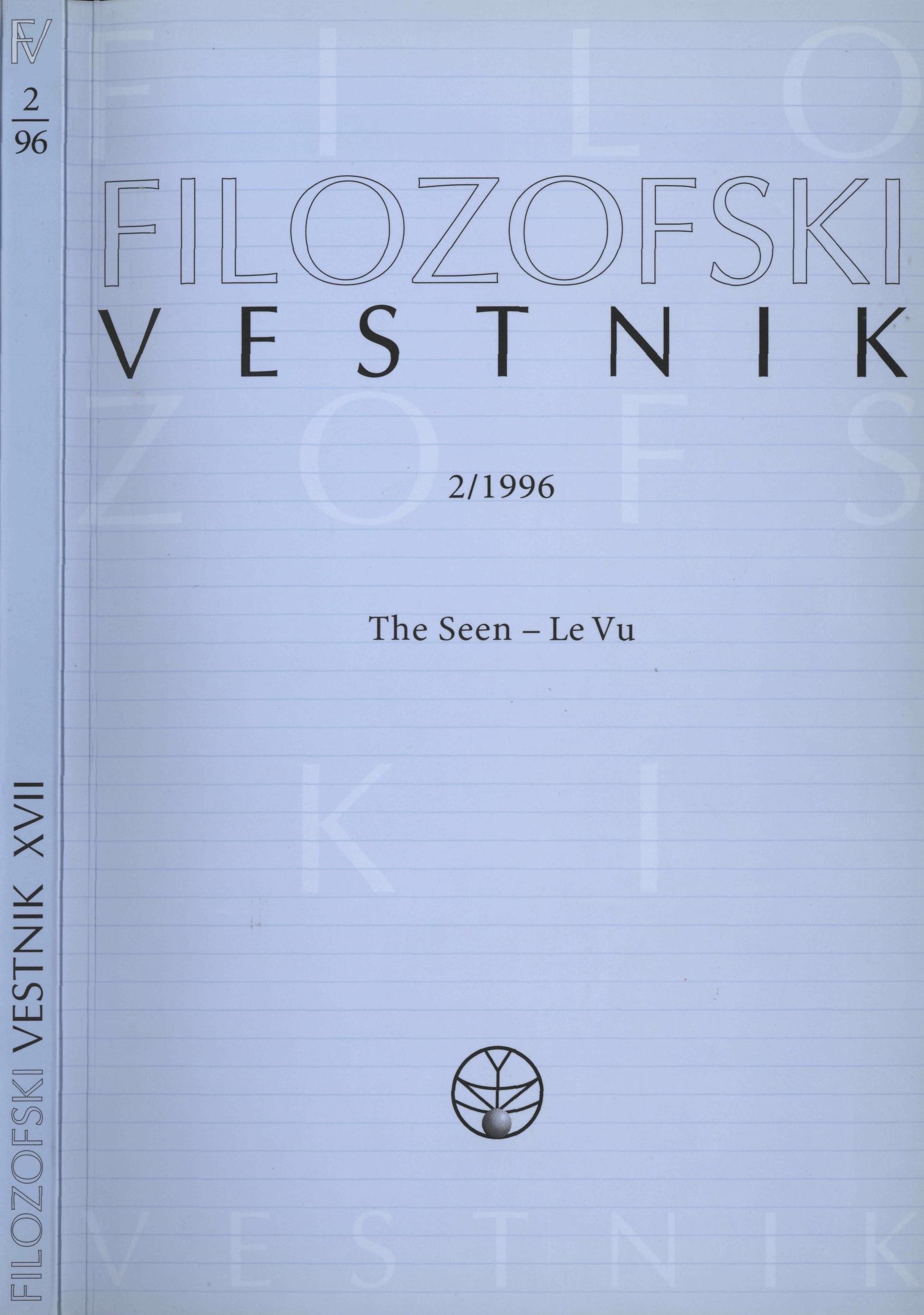Asimetrije jezika in vida. Uvod v filozofijo umetnosti
Povzetek
0. Temeljna trditev: gledanje in videno v slikarstvu lahko proučujemo prek posrednih oblik reprezentacije. Posredovanje vida kaže na intencionalno naravo umetnih optičnih in vidnih pojavov umetnosti. Intencionalnost omogoča primerjavo vizualnih in lingvističnih učinkov. Potencialna asimetrija vizualnega in lingvističnega vidika umetnosti (slikarstva) je problem, ki ga obravnavamo v članku. 1. Reprezentacija je strukturalna, epistemološka, semantična in tehnična metoda ustvarjanja ali proizvajanja umetniškega dela, ki se vizualno in optično referira na dejanski ali fikcijski predmet, bitje, situacijo ali dogodek. 2. Vizualni metajezik je pomenjanje in strukturalni red vizualnega umetniškega dela, s pomočjo katerega so druga umetniška dela prikazana in reprezentirana, kot tudi vidiki umetniškega sveta, stilski vzorci, žanrska pravila in tipizirane sheme, načini vzpostavljanja pomena v delu likovne umetnosti, jezikovno-slikovne igre, vizualne lastnosti umetniškega dela ter konceptualne in ideološke naddoločenosti. 3. Mimesis mimesisa (reprezentacija reprezentiranega) je postmodernistična (postmetafizična, postzgodovinska) koncepcija umetnosti. Slikarstvo ne reprezentira realnosti, izvornega bistva umetnosti ali neposrednih umetnikovih čustev.Prenosi
Podatki o prenosih še niso na voljo.
Prenosi
Objavljeno
2016-01-24
Kako citirati
Šuvaković, M. (2016). Asimetrije jezika in vida. Uvod v filozofijo umetnosti. Filozofski Vestnik, 17(2). Pridobljeno od https://ojs.zrc-sazu.si/filozofski-vestnik/article/view/3959
Številka
Rubrike
Articles
Licenca
Avtorji jamčijo, da je delo njihova avtorska stvaritev, da v njem niso kršene avtorske pravice tretjih oseb ali kake druge pravice. V primeru zahtevkov tretjih oseb se avtorji zavezujejo, da bodo varovali interese založnika ter da bodo povrnili morebitno škodo.
Podrobneje v rubriki: Prispevki





